Riverchase Galleria Takes Shape
In 1975, Harbert Corporation joined Equitable Life and the Rouse Company to plan a $30 million mall complex along U.S. 31 in Hoover.
Developers selected seventy acres inside a larger residential and commercial district near Interstate 459 for the multi-use site.
Plans followed the model of Houston's Galleria, including a 200-foot skylight and a full-scale office tower beside the mall.
Heavy construction stretched through the early 1980s as concrete forms and steel frames filled the graded hillside.
On June 5, 1985, fire from a hot tar kettle burned through the roof and upper floors of the unfinished tower.
Crews repaired the damage quickly, and the project stayed on schedule as final inspections began that same year.
Riverchase Galleria opened on February 19, 1986, with 1.2 million square feet of enclosed retail space.
Anchors Parisian, Pizitz, Rich's, and J.C. Penney joined the new Wynfrey Hotel and Galleria Tower in a single complex.
The opening marked Hoover's shift from bedroom community to regional commerce center, built around glass, concrete, and steady foot traffic.
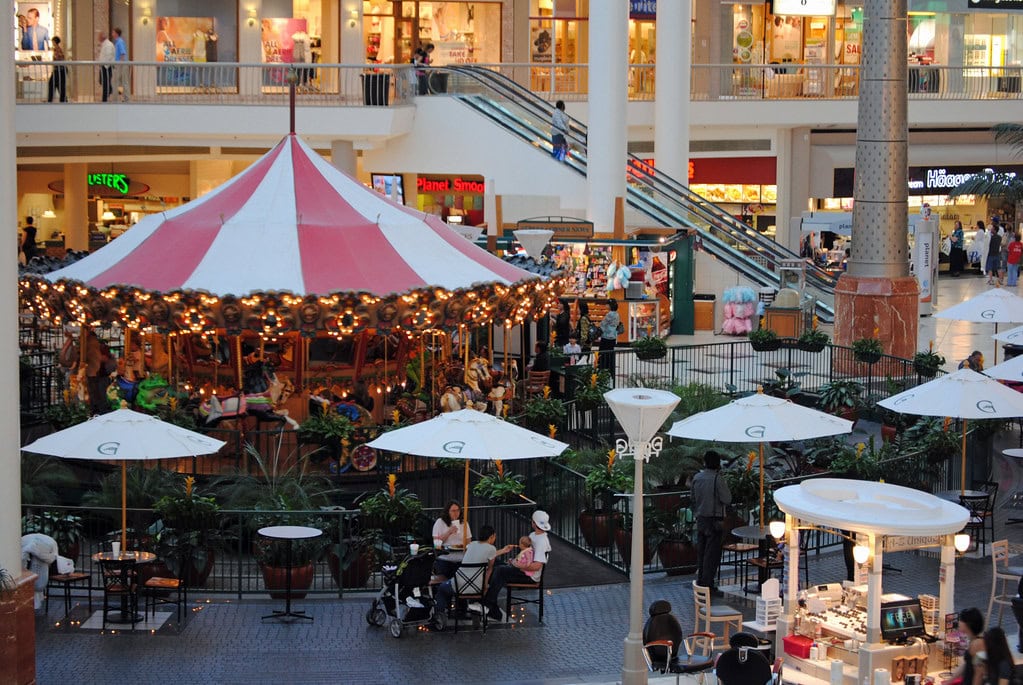
Expansions and Early High Tide
Macy's opened its first Alabama store inside the Riverchase Galleria in March 1987, less than a year after the mall's debut.
The addition confirmed the site's regional draw and brought new shoppers to Hoover.
Pizitz, one of the original anchors, converted to McRae's that same year after a corporate sale.
The heart of the complex was its skylight, a gathering point for weekend events and yearly anniversaries.
A carousel, once intended as a short-term attraction, kept returning each year during the holiday season.
New restaurants and adjacent properties filled in the surrounding space, expanding the complex outside its first perimeter.
Parisian completed a major expansion in 1995, increasing its store size by nearly two-thirds to meet rising demand.
One year later, Sears opened with a new wing that raised the Galleria's total area to 2.4 million square feet.
The addition made it the largest mixed-use complex in the Southeast at the time.
Tenants reported steady business, and the Wynfrey Hotel remained fully booked.
By the mid-1990s, Riverchase Galleria was fully built out and operating at capacity, setting the stage for a new era of corporate turnover and restructuring.
Retail Turnover and Consolidation
The early 2000s passed with barely a sound behind the mall's glass fronts.
In 2003, Macy's pulled out of Riverchase Galleria, leaving a hollow anchor where shoppers had once crowded beneath its red sign.
Inside, walls were rebuilt and new nameplates went up: Proffitt's, McRae's, Belk, then Saks.
One replaced another as the national chains folded into each other.
Ownership changed, too.
That same year, Jim Wilson & Associates sold half its stake to General Growth Properties, which took over day-to-day operations.
Corporate offices packed up and left Hoover for Chicago. Inside the mall, nothing changed.
The same carousel kept turning beneath the skylight, its music looping through the air like always.
By the end of the decade, Brookfield Properties had taken control.
The Galleria's anchors were fewer, its brands part of the same few conglomerates.
Inline stores opened, closed, and reopened with new signs but familiar layouts.
It was still full, still bright, but the ground had started to shift under national retail itself.
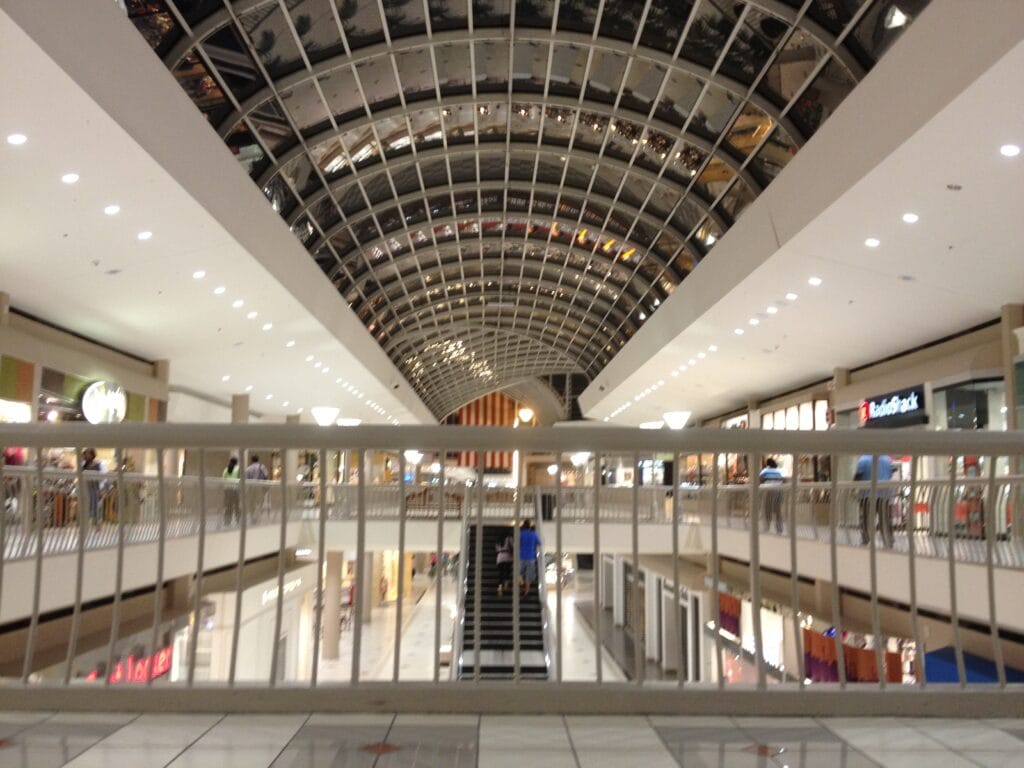
Renovation and Renewal Years
By 2013, Riverchase Galleria sounded like a job site again.
The atrium filled with scaffolds, corridors wrapped in plastic, welders sparking through the night under the 200-foot skylight.
Nearly every visible surface was rebuilt in the $60 million renovation.
Von Maur opened that year in the space left by Macy's/Proffitt's/Belk, its first store in Alabama.
Inside the connected hotel, crews stripped walls and floors to the concrete.
The Wynfrey reopened as the Hyatt Regency Birmingham, with new rooms, meeting halls, and a rebuilt lobby that opened straight into the mall.
Office tenants stayed in place above the noise while floors below were torn up and replaced.
LED sails replaced the old ceiling lights.
The carousel sat in the atrium for good now, mirrors glinting in steady light.
Once the barriers disappeared, the mall felt open again: cleaner, quieter, different.
The world outside was already beginning to turn from places like this.
Shifting Ground and Store Closures
Sears closed its Galleria store in 2019 after more than two decades in operation.
The two-level space went dark, its signs removed and entrances sealed as leasing teams searched for a new tenant.
It was the first time since the mall's 1996 expansion that a major anchor stood empty.
Two years later, Belk ended operations in its Home & Children store.
Short-term tenants began rotating through empty units as smaller retailers tested the market.
The Summit in Birmingham, opened in 2009, kept attracting the luxury names that once operated in Riverchase Galleria.
City data showed visitor counts falling from the 2000s peak of around fifteen million annually.
Hoover's changing retail base appeared in its sales tax numbers.
Still, the mall stayed open daily, steady with families and guests from nearby hotels.
Its location and bulk gave it endurance, while anchor losses signaled deeper issues.
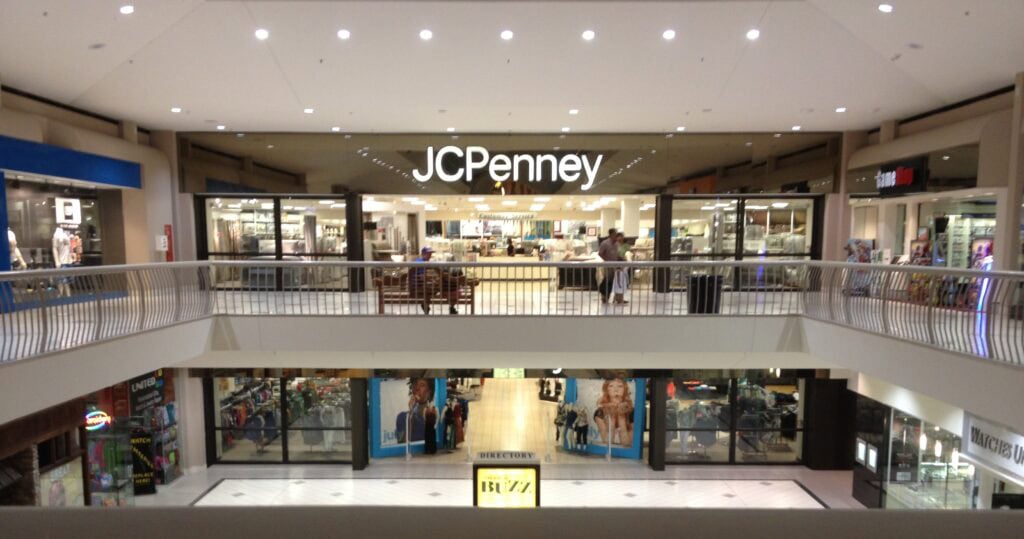
Revenue Slide and Public Scrutiny
By 2024, the numbers told their own story.
The mall's sales-tax share for Hoover dropped to $5.4 million, down from $9.2 million in 2007.
When adjusted for inflation, the decline stretched past sixty percent.
Foot traffic had fallen, and online orders kept cutting into store sales.
City officials began watching the property more closely.
After well-publicized incidents, Hoover reopened a full-time police post inside the mall.
Guards made rounds through the concourse before the doors opened. Crews buffed tile and ran the escalators up and down.
Brookfield Properties managed the building day to day, but vacant stores stayed that way longer.
In August 2024, Macy's put its store up for sale, marking the end of another anchor from the original lineup.
The listing confirmed what everyone already saw: Riverchase Galleria was too large for the market around it.
Behind the numbers, plans were forming to tear down part of what had once been Alabama's busiest mall and start again.
Redevelopment and Reuse Vision
In 2025, the City of Hoover moved from study to action.
The city hired Hunden Partners under a $200,000 contract to direct the Galleria's redevelopment into a multi-use district.
Designers turned their focus to the wide, empty lots where anchor stores had once stood, breaking them into smaller spaces with public access.
Phase One calls for 282 apartments, 28,000 square feet of retail, a 1,100-seat performing arts center, and 25,000 square feet of green space in the former Sears site.
Designers plan walkways linking the new buildings to the existing hotel and office tower, using old parking areas for open lawns and event plazas.
The city approved zoning and infrastructure work to support both residential and commercial uses on the same property.
A second phase proposes 260 more apartments, 16,000 square feet of retail, and another 19,000 square feet of green space.
The Macy's building is set for adaptive reuse, divided into smaller tenants and community functions.
City officials describe the redevelopment as steady and continuous, allowing operations to stay open through construction.
Forty years after its launch, Riverchase Galleria begins its shift from suburban mall to civic center.
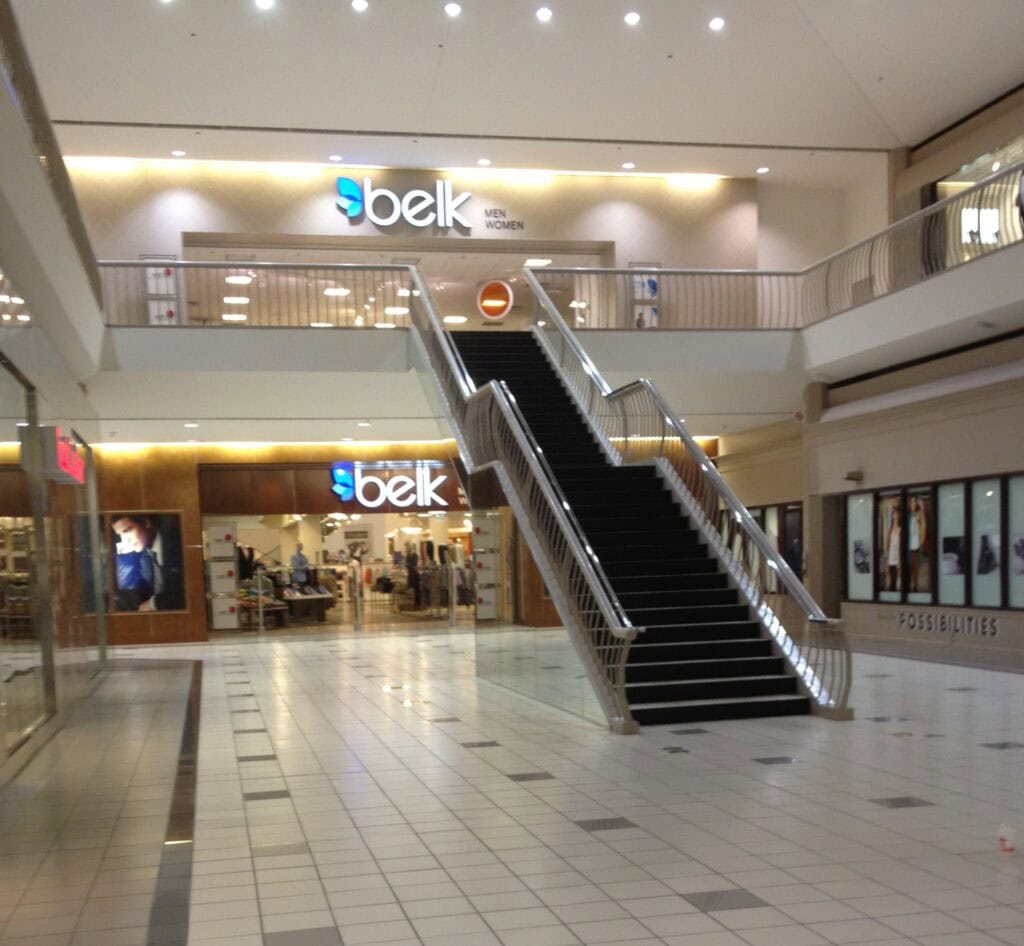

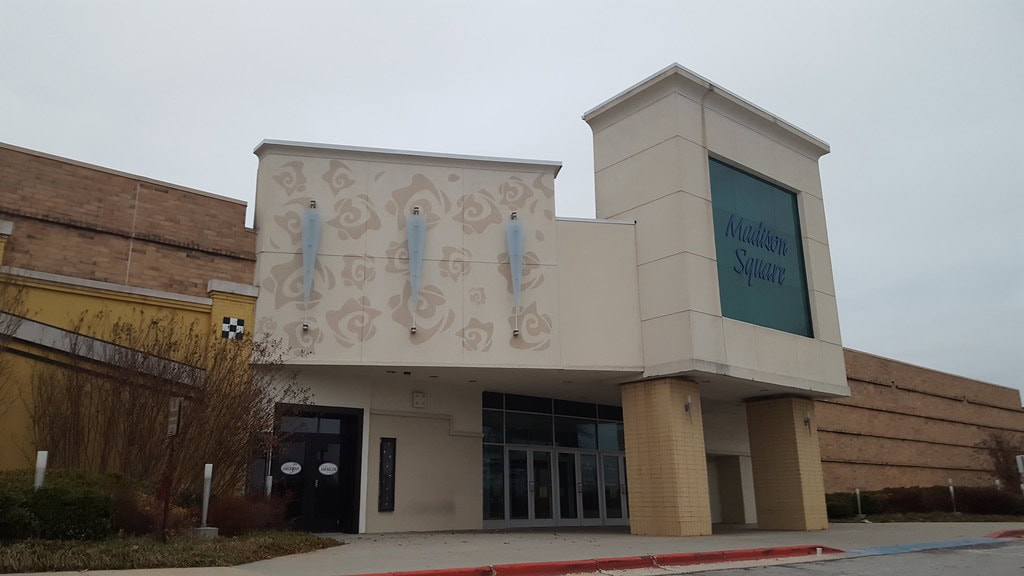
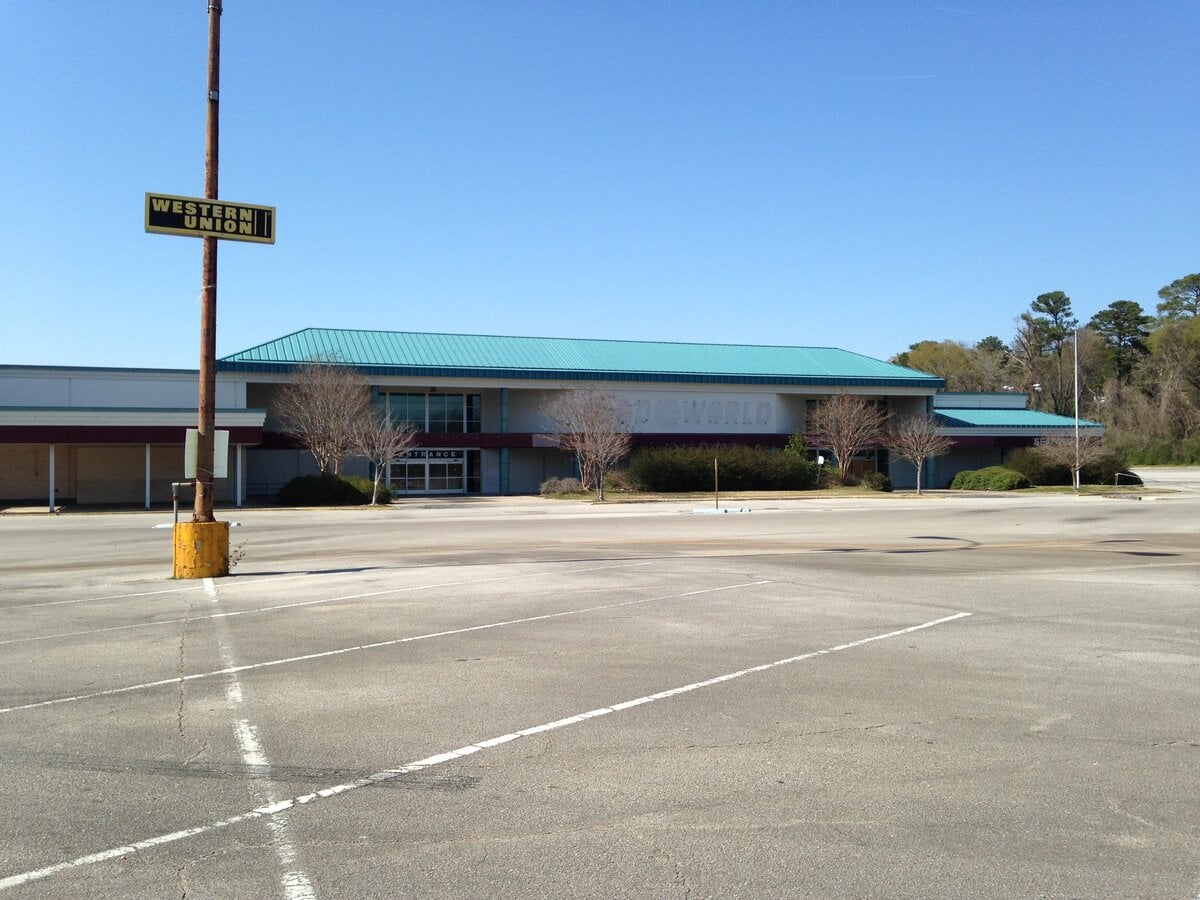
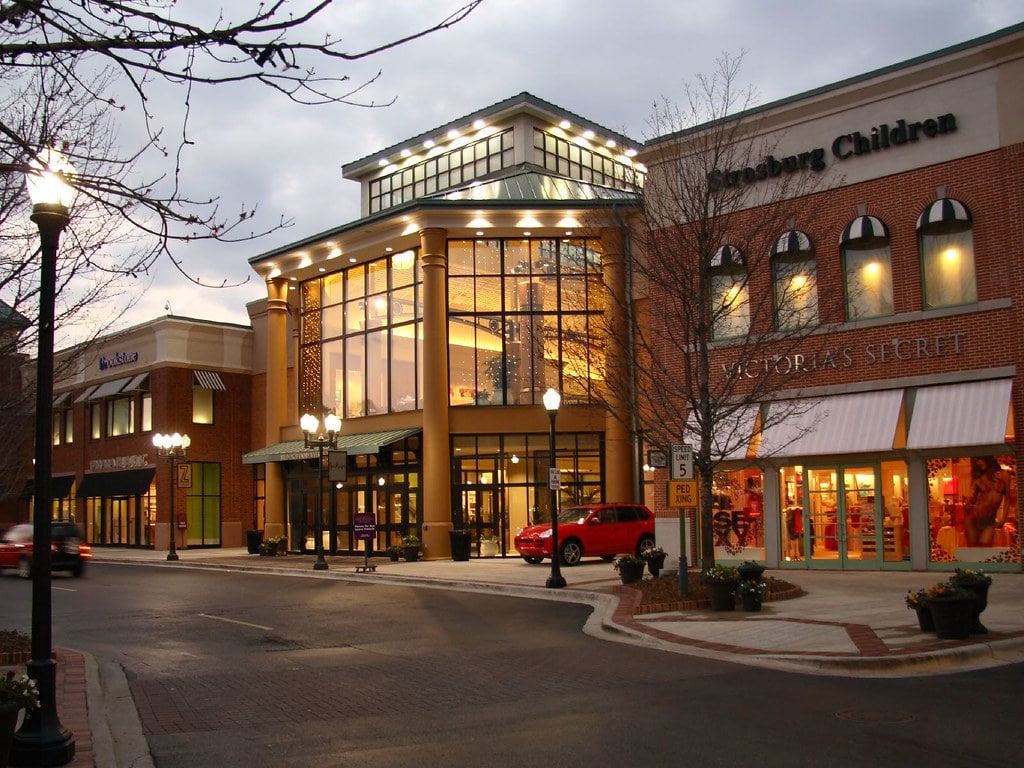
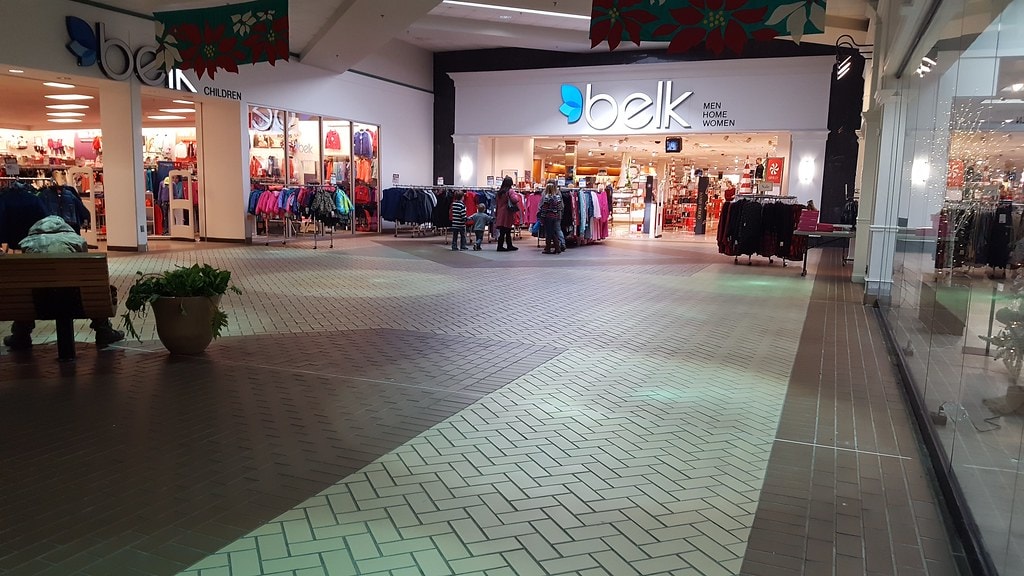
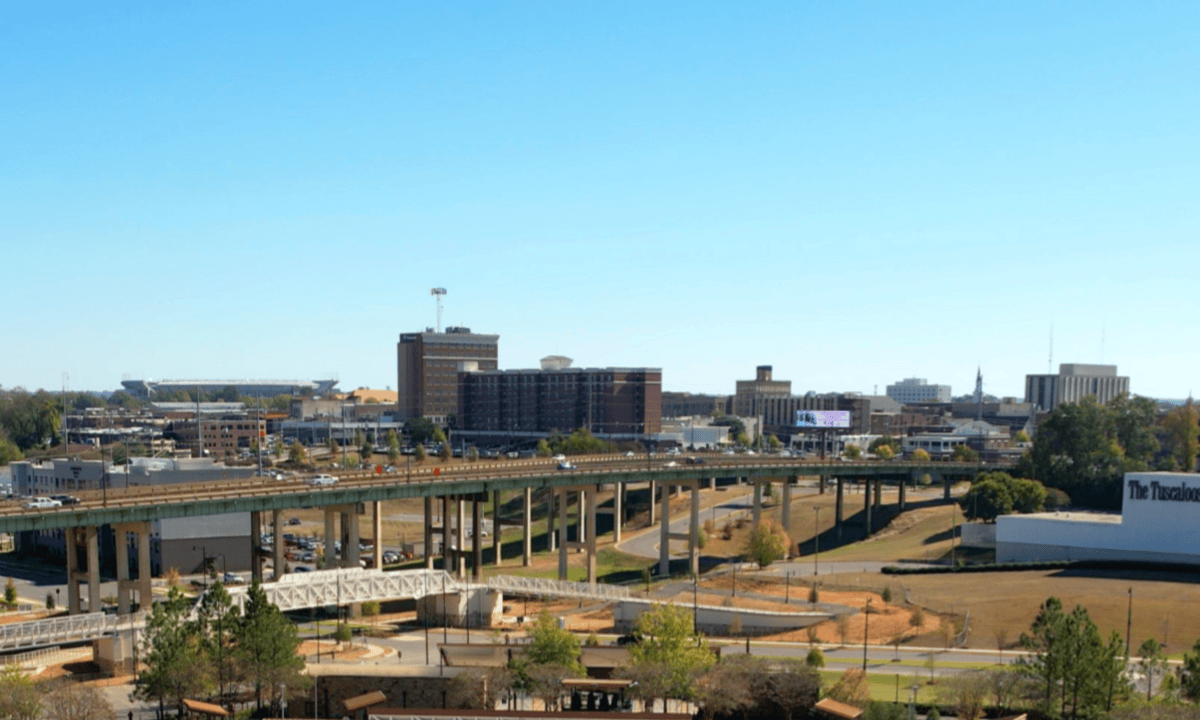
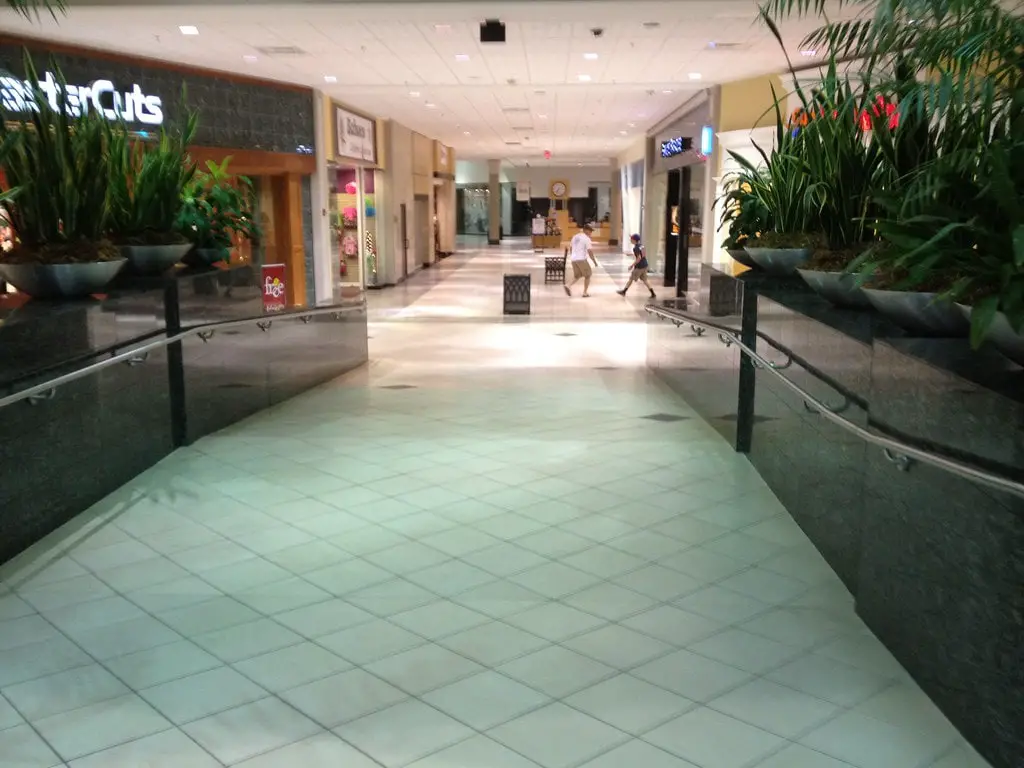
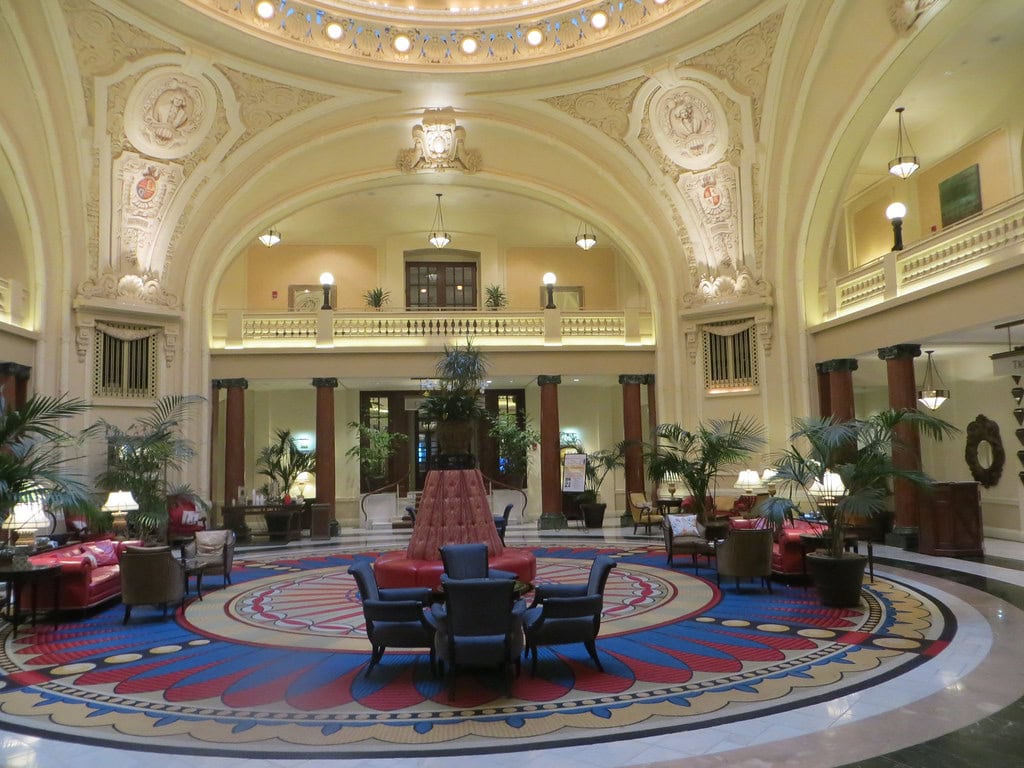
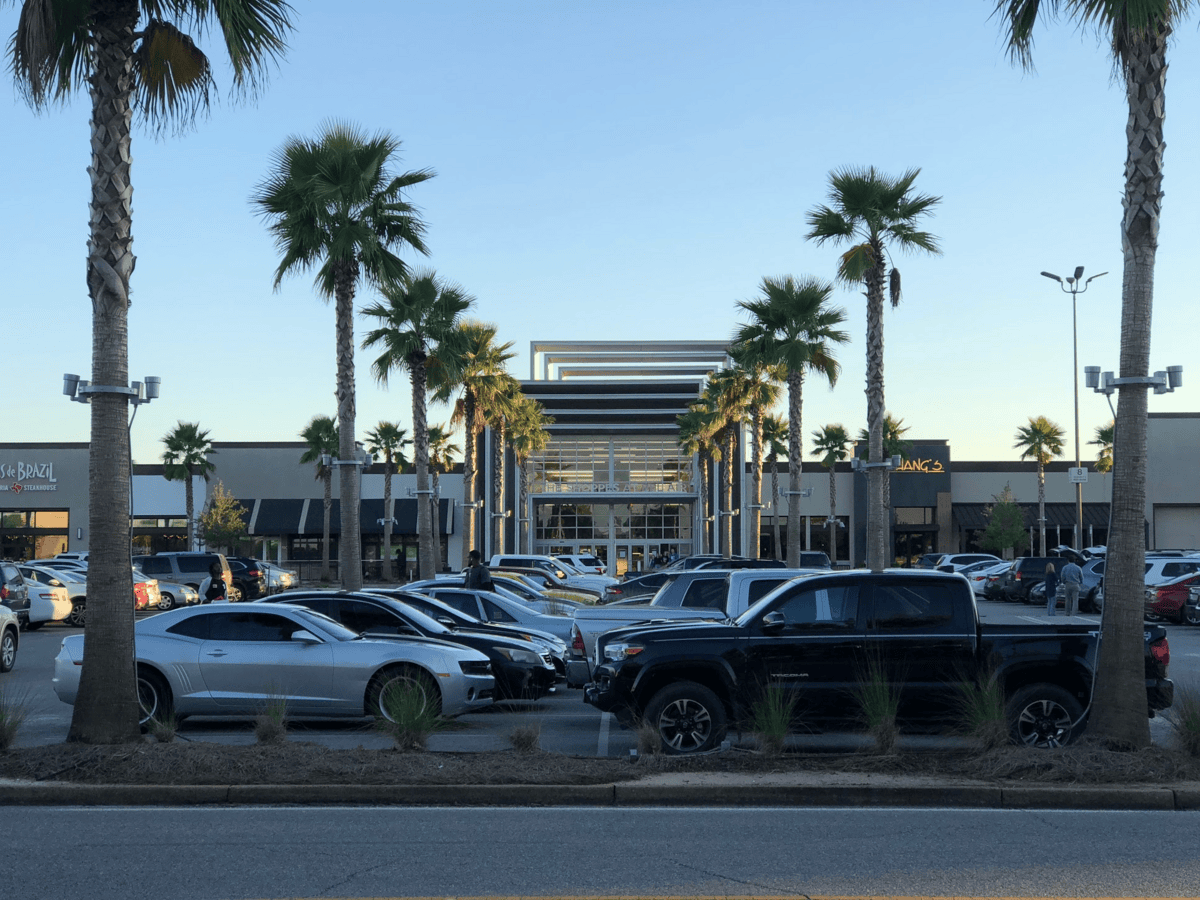
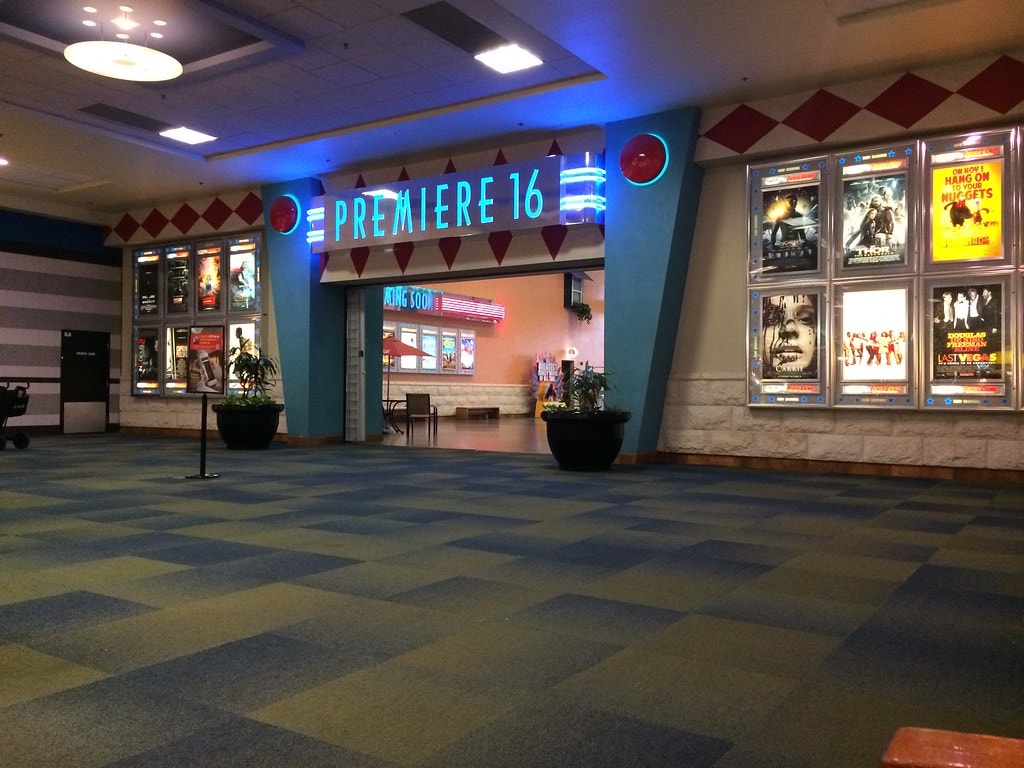
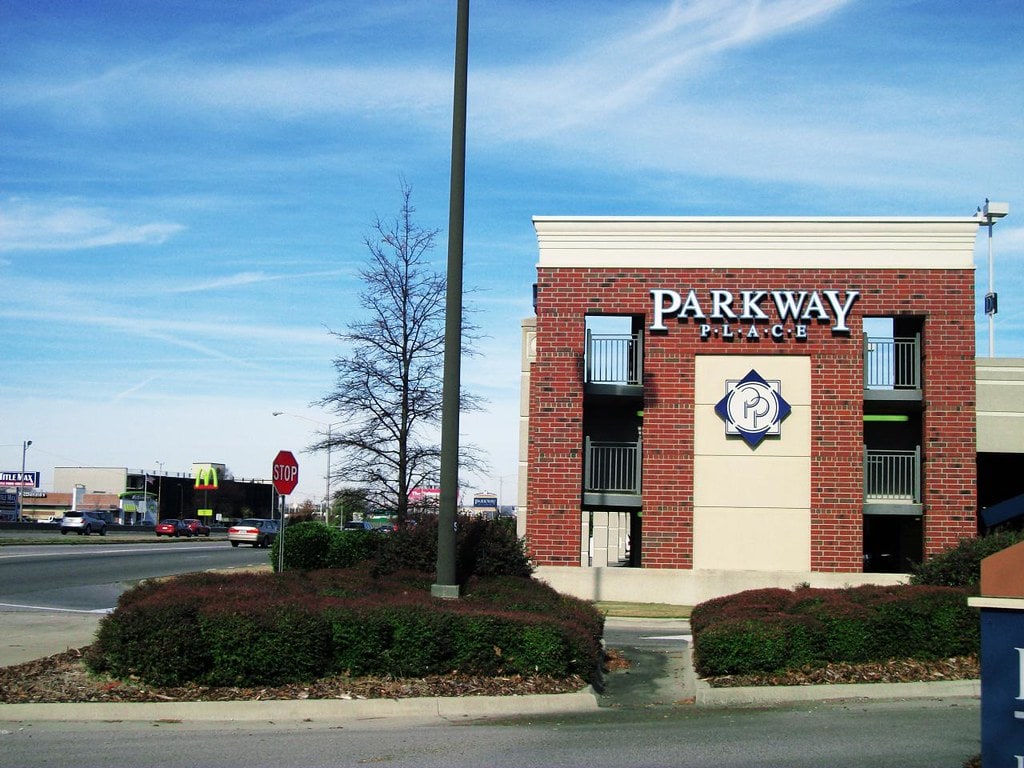
I believe that Round 1 and Primark replacing Sears (via leasing from Transformco) and Macy's becoming a convention center is way much better than demolition - especially with the mall already having a hotel and office tower feeding the retail that makes no sense for extra tall buildings to replace part of the mall instead of experiential retail - and Hoover even once considering a convention center at the mall prior to Von Maur in 2013. Should I ever visit this Galleria and The Summit, even as someone from South Florida (more specifically Miami-Fort Lauderdale)?
You are right to question the obsession with dropping extra-tall buildings into every aging mall site. At Riverchase, the existing vertical elements already do the job of feeding daily traffic. What the mall needs now is energy and reasons to stay: entertainment, value fashion, events, and flexible space.
As for whether you should visit from Miami-Fort Lauderdale, if you are a mall and retail nerd, yes, absolutely. Seeing how Riverchase Galleria and The Summit coexist is interesting, because it shows two different answers to the same question: how do you keep a large shopping node relevant in 2020s America.